John Hoyland: The only garden tools you'll ever need
You can easily blow your gardening budget buying tools for all sorts, says John Hoyland, but don't be fooled: a handful of the right tools is all you need to garden.
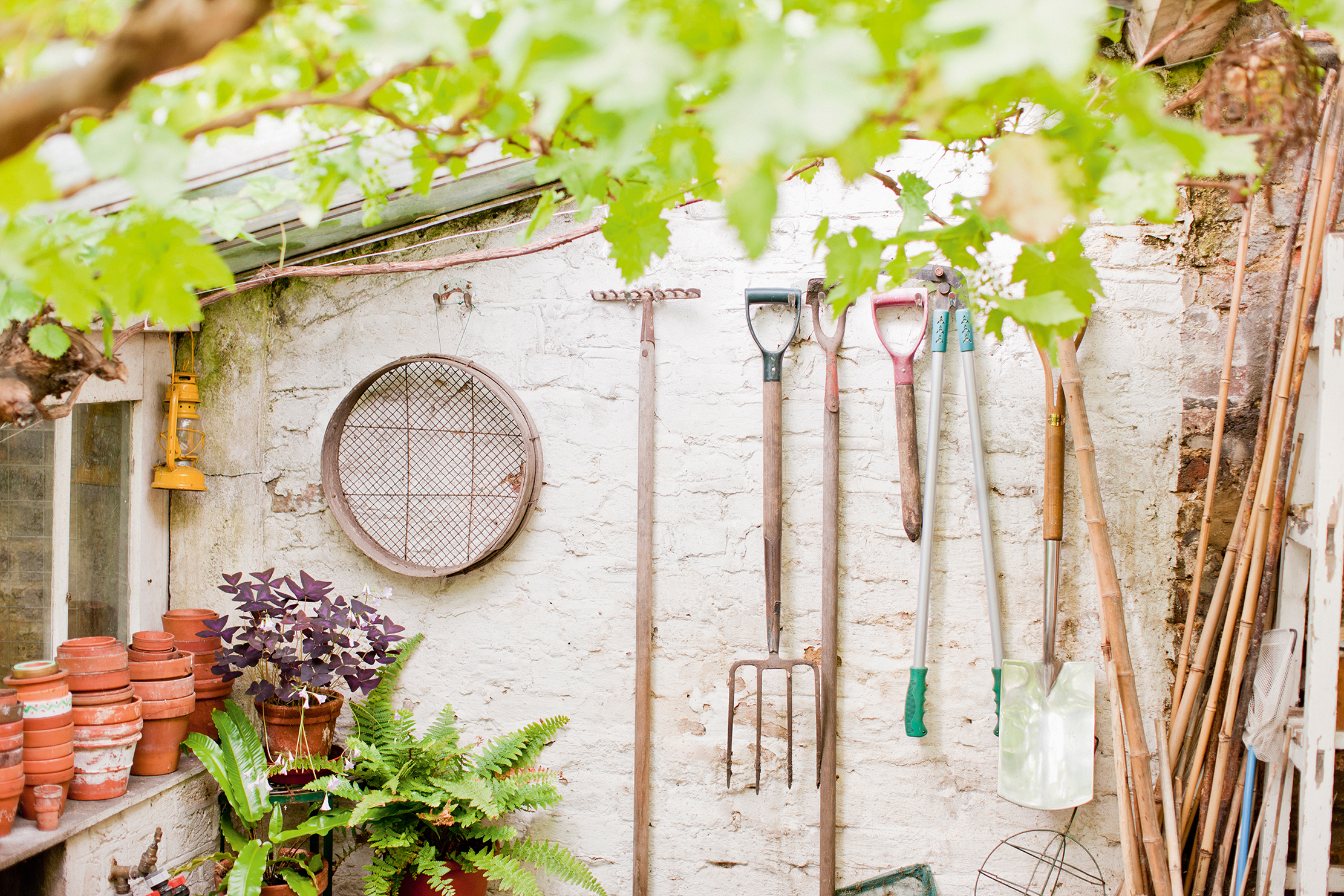
Anyone venturing into my office might presume that my desk is a disorganised mess. However, like most people with a cluttered desk, I know exactly where to find every last magazine, letter, invoice and newspaper cutting.
It is the same with the garden tool shed: I know where every tool is, even the hand trowel that has, in fact, been left in the garden. I can put my hand immediately on a hose connector, ball of string or wire stretcher that lives in a crate, jumbled with dozens of other odds and sods that will be needed at some point during the season.
To call the place a tool shed is a misnomer: it is the broken chair, old bicycle, log basket and bric-a-brac shed, with a bit of space for garden tools.
In stark contrast to my disorder is the tool store of a friend, where the whitewashed stone walls are hung with rows of spades, forks, hoes and every imaginable garden tool. She has pull hoes, push hoes, diamond hoes, half-moon hoes; dozens of types of spades; garden forks of all sizes, including one with a pedal, and tools whose use I can only guess at. Behind every tool is painted a black silhouette, so, when a tool is taken down, her gardeners know exactly where it belongs.
"Mme Boyer produced all the fruit and vegetables she needed using one fork, a couple of mattocks and a sharp knife"
The space is beautiful, awe-inspiring, with the almost-reverent atmosphere of an art gallery. But this is not merely a collection of beautiful artefacts; these tools are in constant use. The difference between my friend and I is not only her tidiness, but her range. My collection of hand tools is barely a dozen and only two or three are in regular employment.
Most of my vegetable gardening I learned from my neighbour in France. In her small potager (barely 300 square yards, about the size of a British allotment), Mme Boyer produced all the fruit and vegetables and even some cut flowers that she and her son needed. She did all this using one fork, a couple of mattocks and a sharp knife. She continued gardening until the age of 99 and, when she died, I inherited her tools, which I have been using for the past 25 or so years.
It is the mattocks that I use most often. They are single-headed tools, lighter than a British mattock and without the steel pick that is often part of the tool. The largest of the pair has a flat blade about 5in wide and set at a 35˚ angle from the handle. Dragging it along the soil cuts through annual weeds; more heft and it will dig out perennial ones, particularly where ground is being cleared. The side of the blade is useful for trenching up soil around potatoes, whereas the back of the tool smooths the soil for seed beds and the corner of the blade is used for making drills.
Sign up for the Country Life Newsletter
Exquisite houses, the beauty of Nature, and how to get the most from your life, straight to your inbox.
I also use it to create holes for perennials and bedding plants and for planting tulips. The smaller mattock is only 3in wide and shaped like a flat-topped ace of spades. It does all the jobs of the larger one, but its size means that I can get in among perennials and shrubs.
"To begin gardening, and even to continue to garden, all that is needed are a few carefully chosen tools"
The only other large tool I use regularly is a fork. Mme Boyer’s was typical of European ones, with flat tines and straight handles. I prefer British ones, with rounded tines and a T-shaped handle. Mine is a narrow type that used to be called a ‘ladies’ fork’, but which now goes under the more acceptable name of border fork.
My collection of hand tools also includes a rake that rarely comes out of the shed and a spade that is barely used. More useful is the hand trowel. Mine is the long, narrow kind, formerly known as a fern trowel, which means I can get under dandelion roots or plant small bulbs deep into the soil. Secateurs are also essential, but I have no need of those swanky leather holsters that professional gardeners use.
It is disheartening to see young people at the start of their gardening journey being bombarded with advertising and advice about the amount of equipment they need. To begin gardening, and even to continue to garden, all that is needed are a few carefully chosen tools. If the few implements Mme Boyer left me were sufficient for a lifetime of productive gardening, then they will do me just fine.
John Hoyland is gardens adviser at Glyndebourne, East Sussex
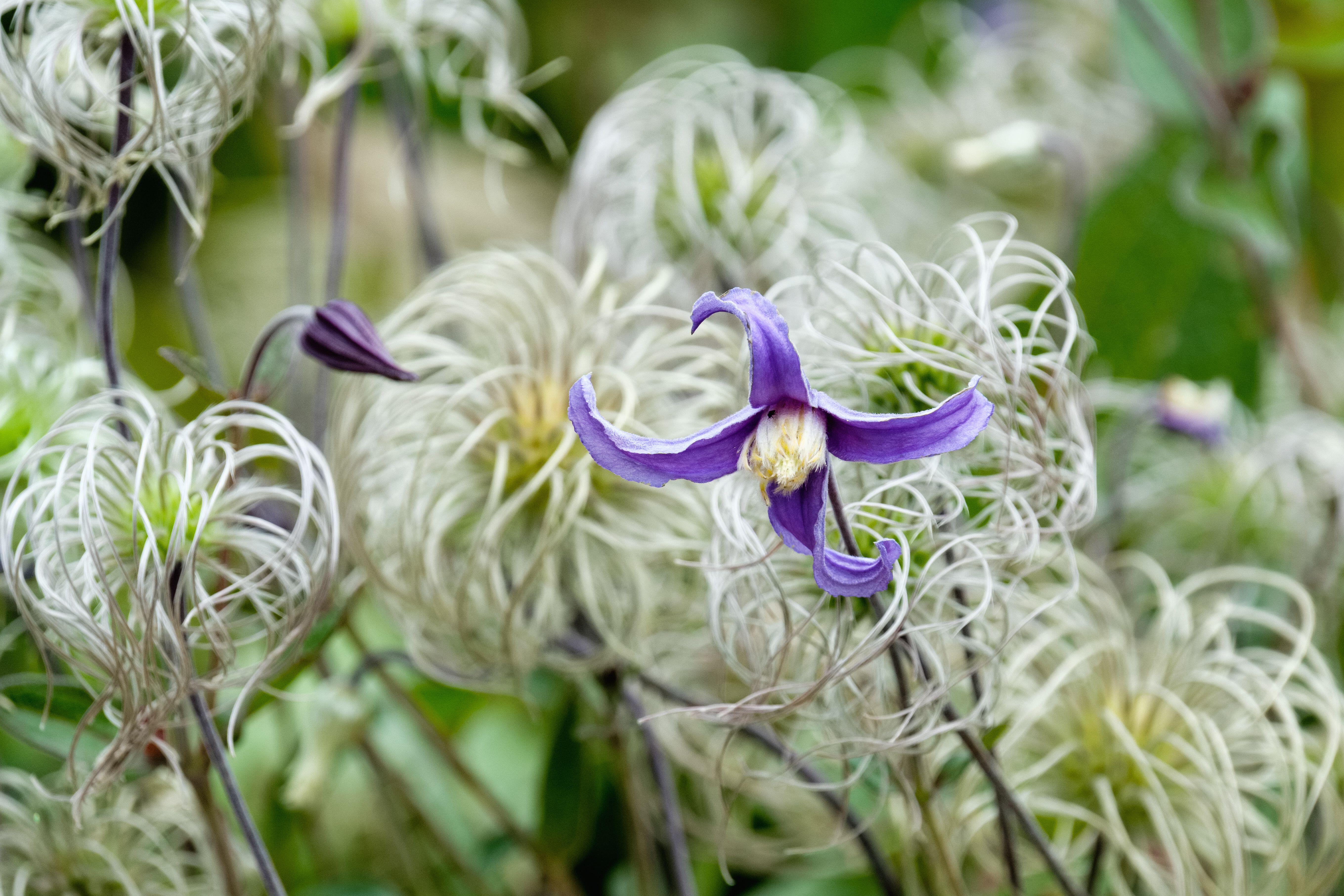
Clematis: Don't plant climbers — plant clamberers
John Hoyland, the gardens adviser at Glyndebourne in East Sussex, on clematis.
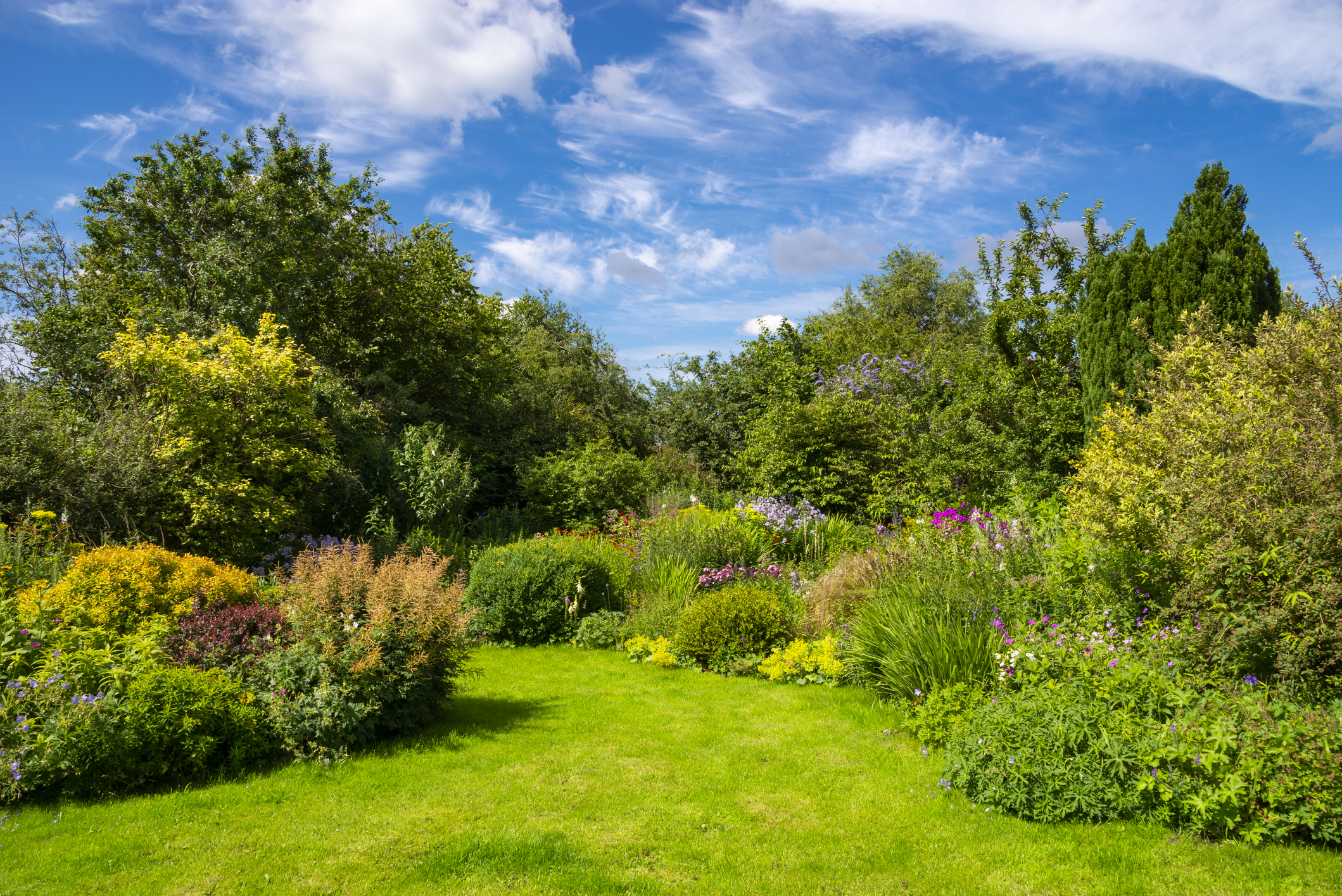
Credit: Getty
I'm planting a shrubbery and my gardening friends are horrified — but I'll have the last laugh
Some gardeners may scoff at the idea of planting a shrubbery, but not John Hoyland.
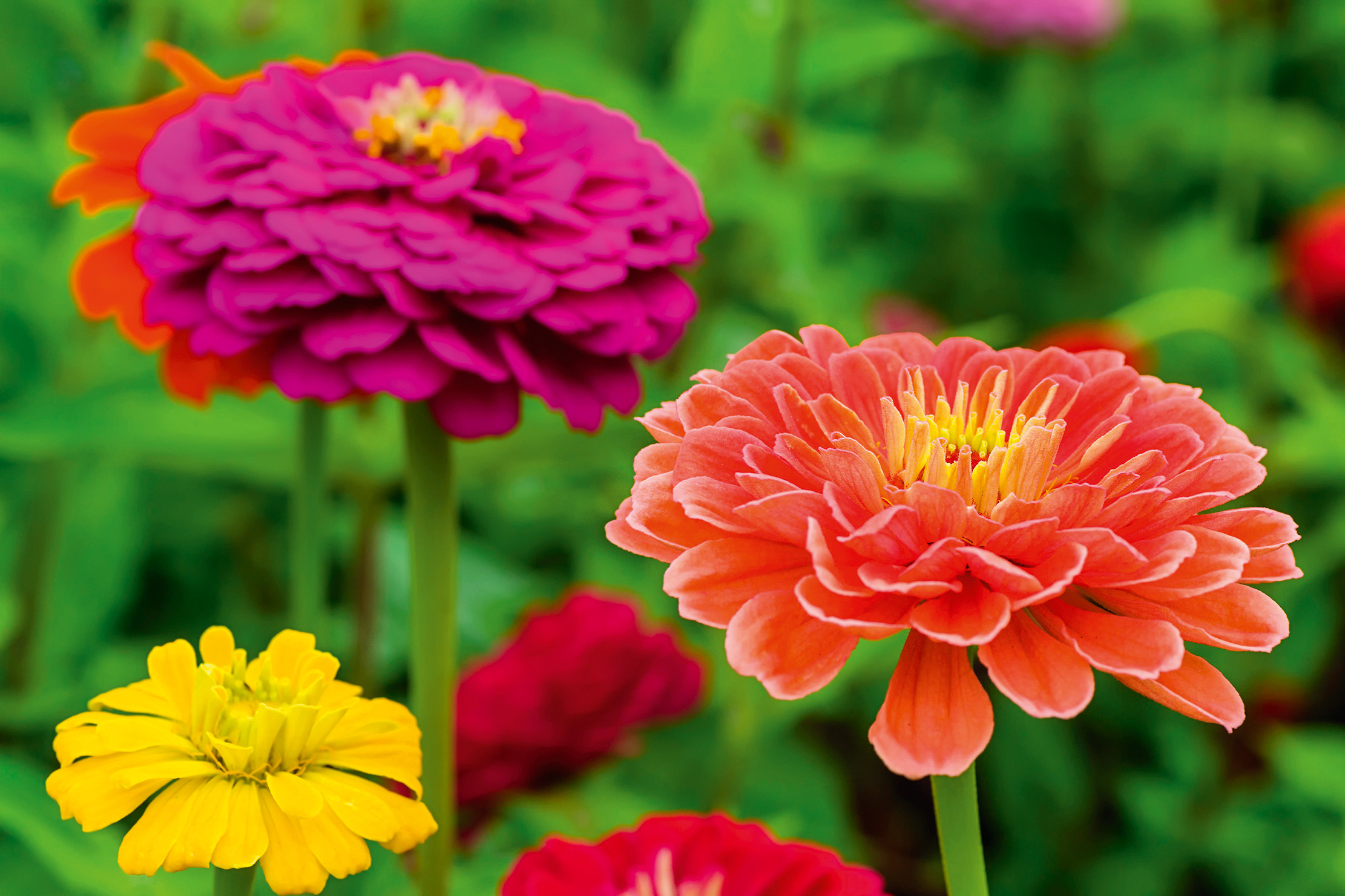
John Hoyland: The flowers to grow to create your own dye — just as they do at Glyndebourne
John Hoyland, gardens advisor at Glyndebourne, on the extraordinary dye garden that is now being used to create costumes for
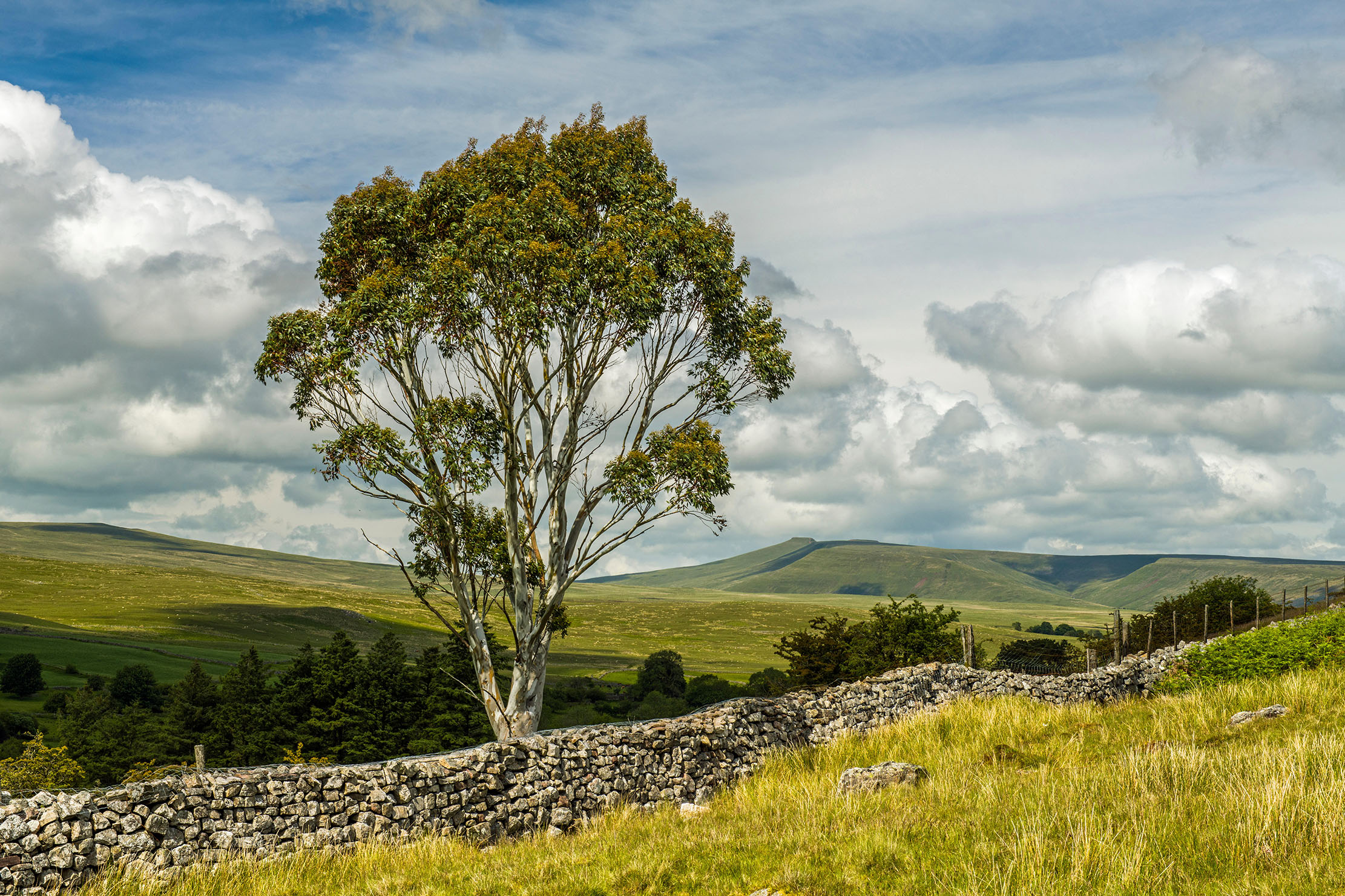
Credit: Alamy Stock Photo
John Hoyland: The tree planting blunder that kicked off my long line of gardening mistakes
When it comes to trees, says John Hoyland, the more the merrier — but only within reason.
-
 'To exist in this world relies on the hands of others': Roger Powell and modern British bookbinding
'To exist in this world relies on the hands of others': Roger Powell and modern British bookbindingAn exhibition on the legendary bookbinder Roger Powell reveals not only his great skill, but serves to reconnect us with the joy, power and importance of real craftsmanship.
By Hussein Kesvani
-
 Spam: The tinned meaty treat that brought a taste of the ‘hot-dog life of Hollywood’ to war-weary Britain
Spam: The tinned meaty treat that brought a taste of the ‘hot-dog life of Hollywood’ to war-weary BritainCourtesy of our ‘special relationship’ with the US, Spam was a culinary phenomenon, says Mary Greene. So much so that in 1944, London’s Simpson’s, renowned for its roast beef, was offering creamed Spam casserole instead.
By Country Life